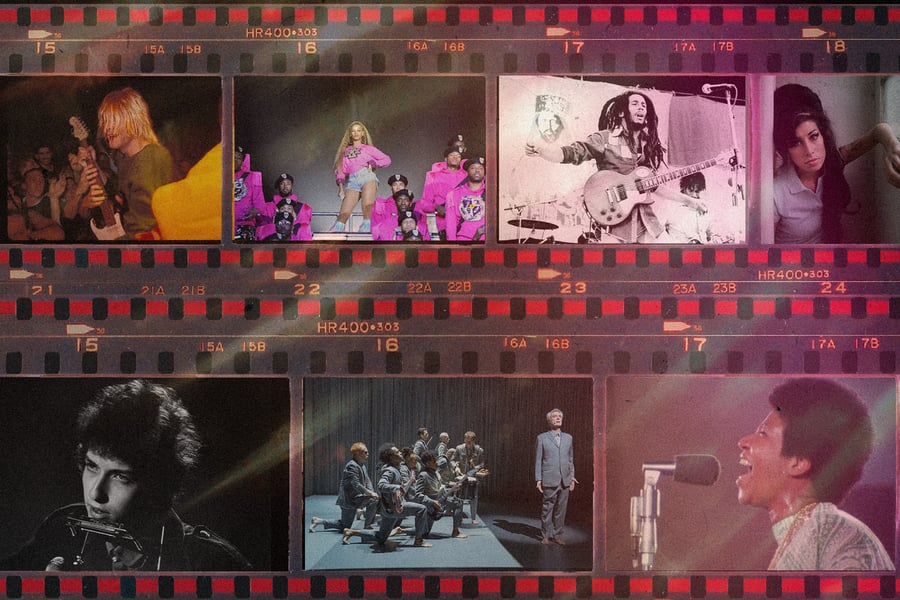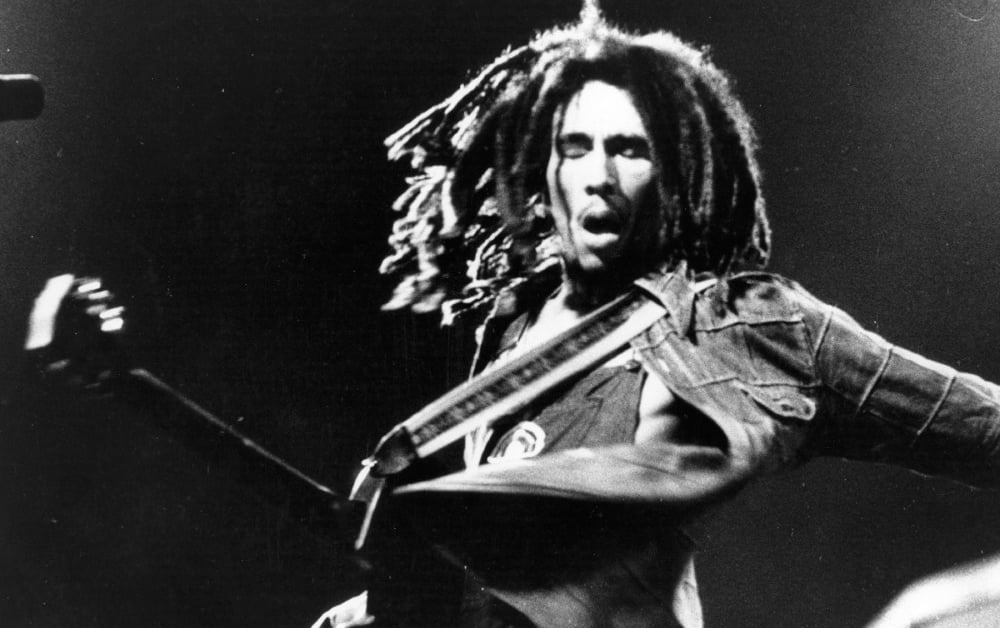70 Greatest Music Documentaries of All Time
Burning guitars, big suits, meeting the Beatles — the concert films, rockumentaries and artist portraits that stand head and shoulders above the rest

Photo Illustration by @photoeditorjoe. Images used in illustration: Kevin Estrada/MediaPunch/IPx/AP Images; Parkwood Entertainment/NETFLIX; Chris Walter/WireImage; Matt Dunham/AP Images; Val Wilmer/Redferns; David Lee/HBO; Amazing Grace LLC.
The movies have always loved giving actors the chance to play rock star or impersonate an iconic musician/singer, recreating those famous “Eureka!” studio moments and greatest-hits shows for any number of music biopics. When it comes to historical musical moments, however, there’s nothing like seeing the real thing. A number of documentarians saw the advantage of capturing a number of legendary artists and bands in their heyday and/or once-in-a-lifetime performances — partially for posterity, partially for plain old reportage and partially for the second-hand high of it all. And thanks to new access to archives and updated technology, a whole generation of filmmakers have come up learning the art of docu-portraits and genre breakdowns that run the gamut from sub-subgenres to broad stem-to-stern histories of rock, jazz and country-and-western. It’s never been easier to make a music documentary these days. Not all of them, of course, are created equal.
So in honor of Peter Jackson’s Get Back — a new six-episode look back at the Beatles putting together the album Let It Be even as they were beginning to fall apart — we’ve compiled a list of the 70 greatest music documentaries of all time: the concert films, fly-on-the-wall tour chronicles, punk and hip-hop and jazz time capsules, and career assessments of everyone from Amy Winehouse to the Who that have set the standard and stood the test of time. The last time we did this was in 2014, and to say that the form has produced a number of classics since then would be an understatement. Play this list loud.
From Rolling Stone US























































































